Solana NFTs in 2025: Fees, Royalties, and Marketplace Trends
Solana’s NFT economy keeps leveling up with ultra-low costs, real-time trading, and flexible payouts for creators. In 2025, Solana NFTs in 2025 compete on speed, composability, and tooling that supports both mass-market drops and premium collections. Below, you’ll find a pragmatic guide-marketplaces, the fee stack, royalty models, trends, and actionable playbooks-built to pass modern SEO checks and AI Overviews while staying crisp and readable.
Solana NFT marketplace, NFT fees, compressed NFTs
The Solana NFT marketplace layer feels like a high-throughput exchange: bids and asks update in milliseconds, listings batch quickly, and compressed NFTs make large-scale drops affordable. Because fees are tiny, price discovery depends more on live order flow than on slow auctions. Expect:
- Minimal listing costs and ultra-low transaction fees.
- Aggregated floors with real depth, not just headline numbers.
- Bulk tools: trait bidding, sweepers, auto-relisting, and portfolio analytics.
Why Solana fits NFTs – throughput, finality, SPL standard
This is parallel execution increases throughput, and near-instant finality supports seamless UX. The SPL standard plus robust metadata programs keeps traits consistent across indexers, which improves search, trait bids, and analytics.
Marketplace mechanics – market depth, floor price, trait bids
- Market depth: Tight spreads indicate healthy liquidity; thin books whip floors around.
- Floor price: Track volume, holder distribution, and active wallets alongside the headline figure.
- Trait bids: Buyers post attribute-specific offers; creators can emphasize “utility traits” to drive sustainable demand.
The 2025 fee stack – Solana NFT fees, maker/taker, gas-like costs
On Solana, fees break into three buckets: execution (network), marketplace, and optional creator royalties.
Execution costs – network fees, priority fees
Routine actions cost tiny network fees. During hot mints, priority fees can rise, yet they remain a fraction of typical L1 gas.
Fast finality reduces wasted attempts when you follow recommended settings.
Marketplace economics – maker/taker, listing/settlement
Many venues use maker/taker pricing: posting liquidity (maker) often costs less than taking it (taker). Expect small listing/settlement charges, especially on bulk actions and programmatic relists.
Creator side – royalty routing, on-chain enforcement
Royalties can route at sale time when venues honor them and when collections configure on-chain enforcement or curated allowlists. In 2025, the practical default on leading venues is “opt-in but respected” royalties.
Royalties that work – creator royalties, rev-share, zero-royalty
Royalties evolved into programmable cash-flows. Collections that build durable value-membership, IP licensing, or in-app perks-sustain creator royalties without fighting market realities.
Sustainable designs – utility NFTs, membership passes, tiered benefits
- Utility NFTs: Software keys, gated content, and event access keep secondary markets active.
- Membership passes: Ongoing perks justify rev-share or small, sticky royalties.
- Tiered benefits: Higher tiers receive unique drops, improving retention and royalty compliance.
The zero-royalty tradeoff – price discovery, liquidity mining
Zero-royalty markets can sharpen price discovery short-term but reduce creator runway. Collections counter with holder-only utilities, staking, or liquidity mining-style rewards that require royalty-honoring markets.
Tooling that helps – metadata standards, creator dashboards
Consistent metadata standards across indexers prevent trait drift. Creator dashboards unify sales, flag wash-like activity, and profile wallet cohorts for smarter reward design.
What’s trending in 2025 – compressed NFTs, gaming assets, phygital
Three macro shifts define this year’s narrative.
Trend 1 – Scale with compressed NFTs
Brands and games mint millions of collectibles without cost blow-ups. Compression moves part of the state off expensive accounts while preserving verifiability. This unlocks loyalty stamps, ticketing, and micro-collectibles.
Trend 2 – Game-ready inventories: in-game items, market-native UX
Studios ship in-game items as NFTs and embed market-native UX: buy, sell, upgrade, or craft without leaving the game. Trait bids and instant settlement make “play & trade” natural.
Trend 3 – Beyond JPEGs: phygital twins, ticketing, brand passes
Physical goods pair with on-chain certificates (phygital twins) for provenance and resale royalties. Event ticketing uses dynamic metadata to block fraud and enable perks such as merch redemptions and VIP upgrades.
Execution playbooks – best practices, risk controls, analytics
Winning habits matter more than hot mints. Use simple, repeatable rules.
Listing playbook – floor management, laddered asks
- Anchor near the floor with laddered asks above it to capture upside.
- For traits, set rational premiums; confirm with filled sales, not just list prices.
- Refresh stale listings; rotate based on momentum and depth changes.
Buying playbook – dollar-cost entries, trait premiums
- Use dollar-cost entries to average volatile floors.
- Validate trait premiums with historical fills and wallet-holder data.
- Prefer liquid collections when learning; scale into thinner sets later.
Risk & ops – wallet segmentation, hardware wallets, rpm alerts
- Segment wallets: mint, trade, and vault separated.
- Store grails on hardware wallets; keep hot keys minimal.
- Add price and listing alerts with rate limits and sanity checks to avoid fat-finger errors.
FAQs – Solana NFTs in 2025, royalties, marketplace trends
Q1. What makes Solana NFTs in 2025 different?
Fast finality, low Solana NFT fees, and mature tools enable real-time price discovery, bulk actions, and consumer-scale compressed NFTs.
Q2. Are creator royalties actually enforced?
Yes on major venues, especially when collections configure on-chain enforcement or curated allowlists. Utility-driven designs sustain royalties best.
Q3. How much will I pay per trade?
Execution costs are tiny; maker/taker fees vary by venue but remain competitive. Total cost usually undercuts high-fee L1s.
Q4. What are compressed NFTs, and why do they matter?
They reduce storage overhead while preserving verifiability, enabling mass-market drops, gaming assets, loyalty badges, and tickets.
Q5. Where should beginners start?
Install a reputable wallet, begin with small buys on liquid sets, track floor price and market depth, and protect vault items with hardware wallets.

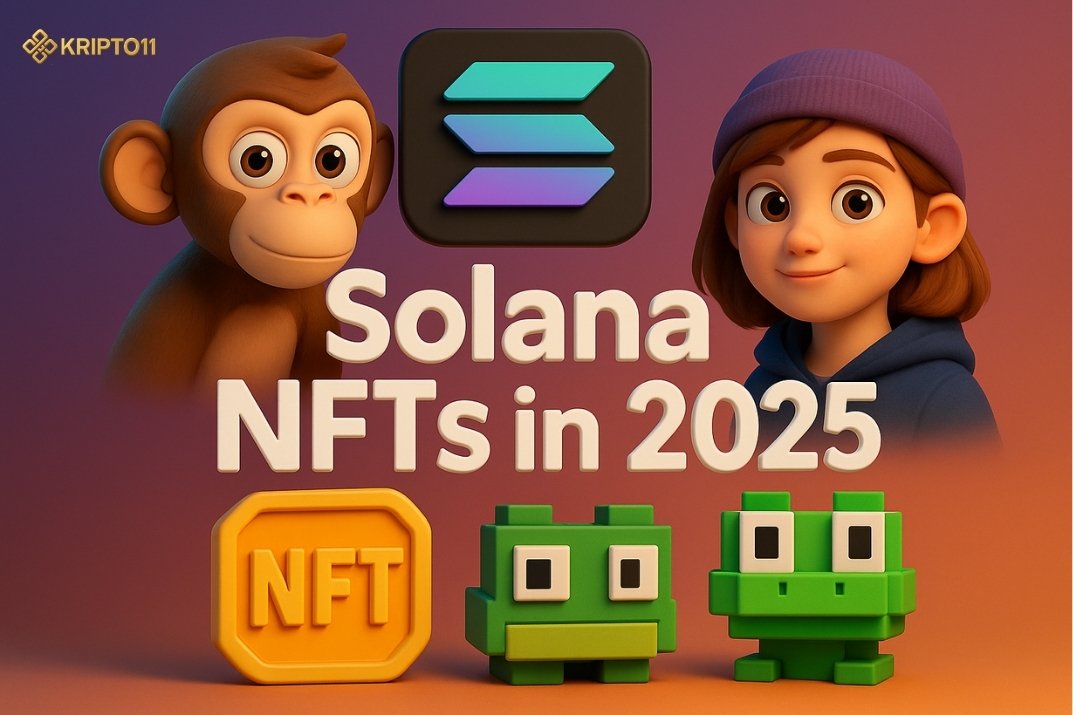
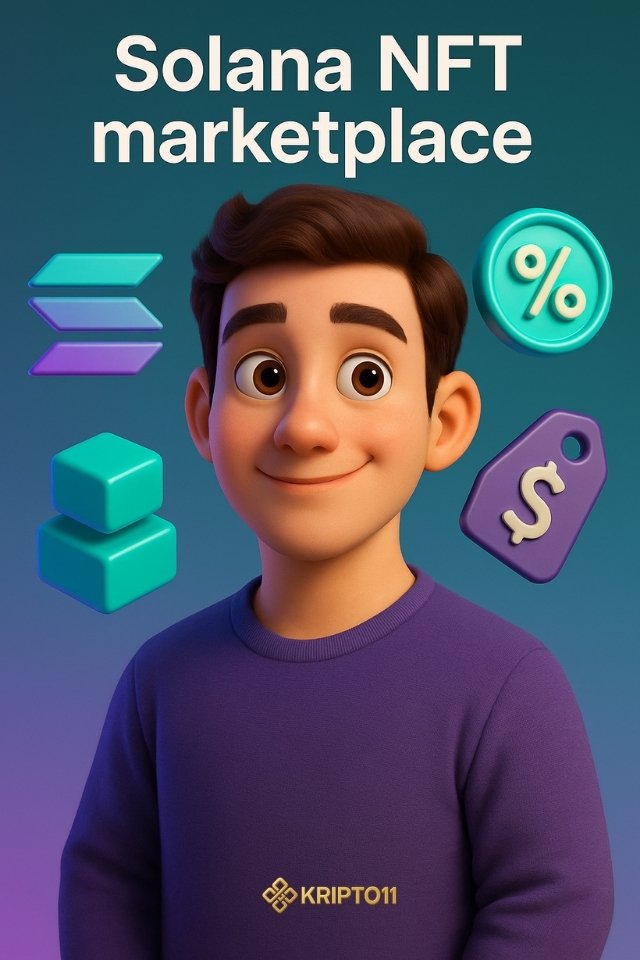
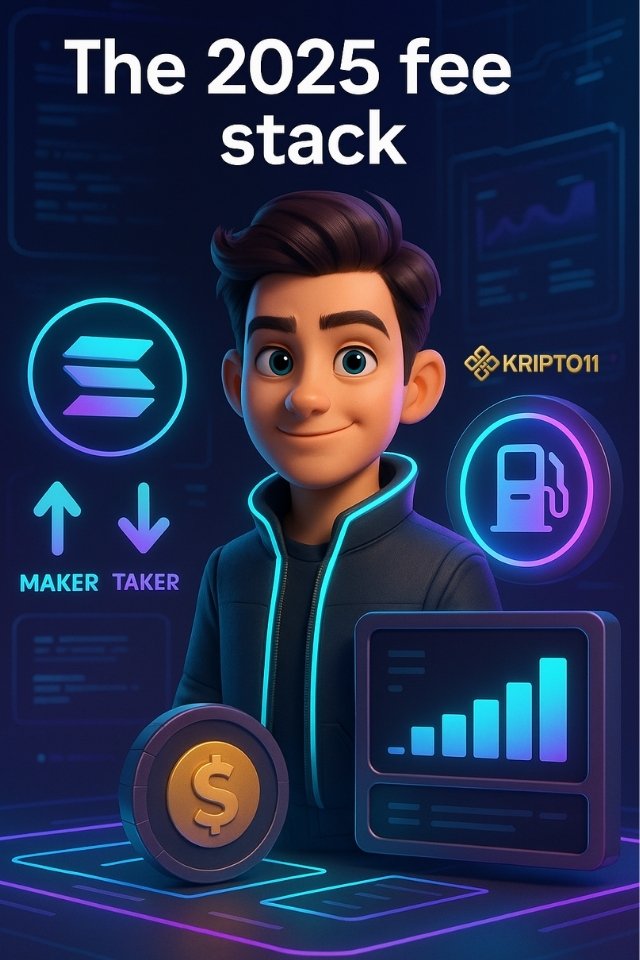
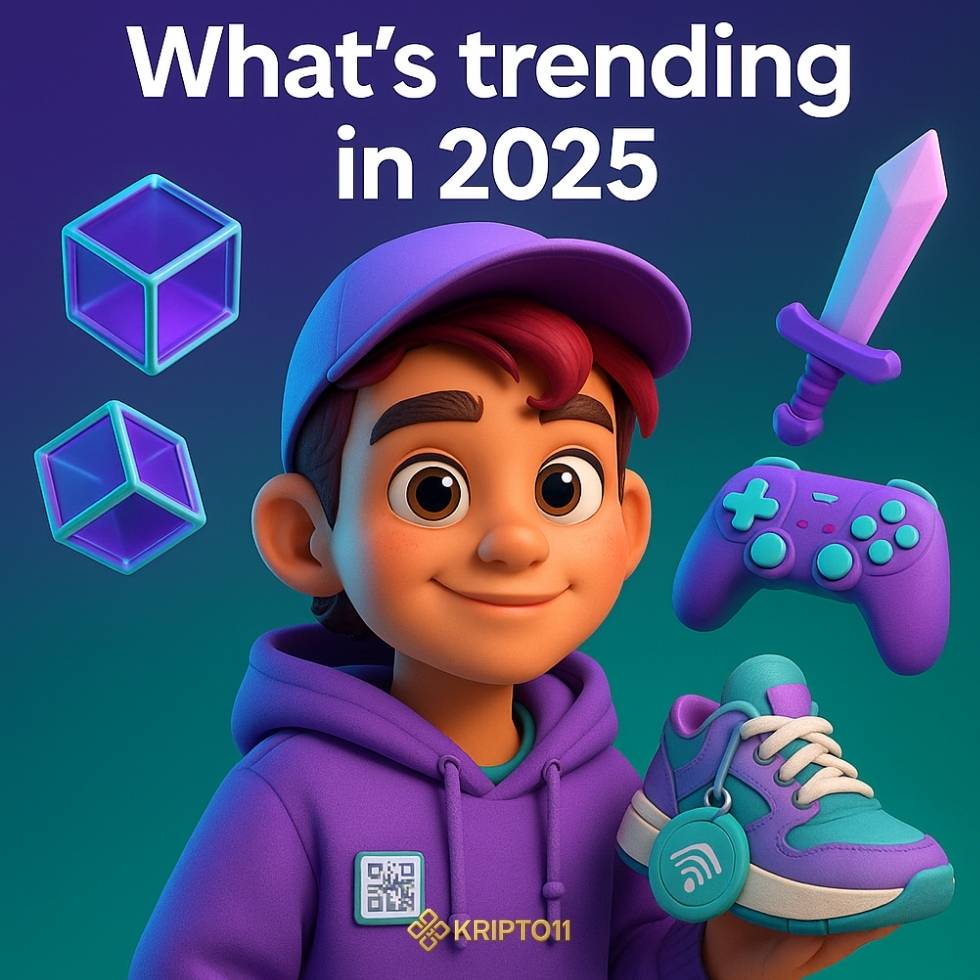
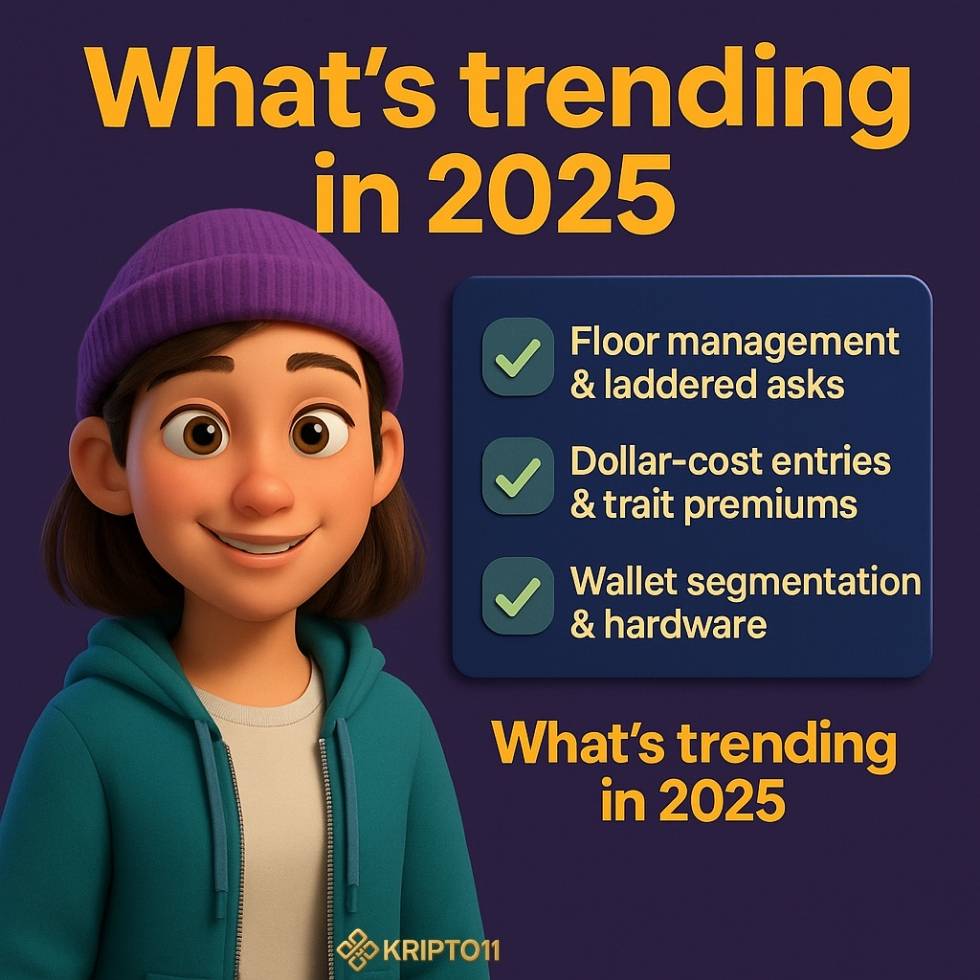

Telegram mini app
Telegram bot
USDT
Casino Telegram bot
tikiokviral
One-hand inspired
telegram casino bonus
Drumstick
Crypto
PGslot
TON Wallet
Telegram mini app
Telegram bot
TONT wallet
idansumbing
tikiokviral
LINK IN BIO
telegram casino bonus
One-hand inspired
idansumbing
PGslot
idansumbing
Telegram mini app
Telegram bot
USDT
Casino Telegram bot
tikiokviral
One-hand inspired
telegram casino bonus
Drumstick
Crypto
PGslot
TON Wallet
Telegram mini app
Telegram bot
TONT wallet
idansumbing
tikiokviral
LINK IN BIO
telegram casino bonus
One-hand inspired
idansumbing
PGslot
idansumbing
Telegram mini app
Telegram bot
USDT
Casino Telegram bot
tikiokviral
One-hand inspired
telegram casino bonus
Drumstick
Crypto
PGslot
TON Wallet
Telegram mini app
Telegram bot
TONT wallet
idansumbing
tikiokviral
LINK IN BIO
telegram casino bonus
One-hand inspired
idansumbing
PGslot
idansumbing
Telegram mini app
Telegram bot
USDT
Casino Telegram bot
tikiokviral
One-hand inspired
telegram casino bonus
Drumstick
Crypto
PGslot
TON Wallet
Telegram mini app
Telegram bot
TONT wallet
idansumbing
tikiokviral
LINK IN BIO
telegram casino bonus
One-hand inspired
idansumbing
PGslot
idansumbing
Telegram mini app
Telegram bot
USDT
Casino Telegram bot
tikiokviral
One-hand inspired
telegram casino bonus
Drumstick
Crypto
PGslot
TON Wallet
Telegram mini app
Telegram bot
TONT wallet
idansumbing
tikiokviral
LINK IN BIO
telegram casino bonus
One-hand inspired
idansumbing
PGslot
idansumbing
Telegram mini app
Telegram bot
USDT
Casino Telegram bot
tikiokviral
One-hand inspired
telegram casino bonus
Drumstick
Crypto
PGslot
TON Wallet
Telegram mini app
Telegram bot
TONT wallet
idansumbing
tikiokviral
LINK IN BIO
telegram casino bonus
One-hand inspired
idansumbing
PGslot
idansumbing
Telegram mini app
Telegram bot
USDT
Casino Telegram bot
tikiokviral
One-hand inspired
telegram casino bonus
Drumstick
Crypto
PGslot
TON Wallet
Telegram mini app
Telegram bot
TONT wallet
idansumbing
tikiokviral
LINK IN BIO
telegram casino bonus
One-hand inspired
idansumbing
PGslot
idansumbing
Telegram mini app
Telegram bot
USDT
Casino Telegram bot
tikiokviral
One-hand inspired
telegram casino bonus
Drumstick
Crypto
PGslot
TON Wallet
Telegram mini app
Telegram bot
TONT wallet
idansumbing
tikiokviral
LINK IN BIO
telegram casino bonus
One-hand inspired
idansumbing
PGslot
idansumbing
Telegram mini app
Telegram bot
USDT
Casino Telegram bot
tikiokviral
One-hand inspired
telegram casino bonus
Drumstick
Crypto
PGslot
TON Wallet
Telegram mini app
Telegram bot
TONT wallet
idansumbing
tikiokviral
LINK IN BIO
telegram casino bonus
One-hand inspired
idansumbing
PGslot
idansumbing
Telegram mini app
Telegram bot
USDT
Casino Telegram bot
tikiokviral
One-hand inspired
telegram casino bonus
Drumstick
Crypto
PGslot
TON Wallet
Telegram mini app
Telegram bot
TONT wallet
idansumbing
tikiokviral
LINK IN BIO
telegram casino bonus
One-hand inspired
idansumbing
PGslot
idansumbing
Telegram mini app
Telegram bot
USDT
Casino Telegram bot
tikiokviral
One-hand inspired
telegram casino bonus
Drumstick
Crypto
PGslot
TON Wallet
Telegram mini app
Telegram bot
TONT wallet
idansumbing
tikiokviral
LINK IN BIO
telegram casino bonus
One-hand inspired
idansumbing
PGslot
idansumbing
[…] and easy to moderate. More importantly, brands can link wallets to verify access and admit only NFT holders or points-tier members. In practice, a Web3 community Telegram functions like a private lobby: […]
[…] Prioritize NFTs with tangible utility-ticketing, subscriptions, in-game advantages, or revenue-share structures where legally compliant. Add a stablecoin buffer for fees and bridging. […]
[…] most celebrity NFTs lack strong feedback loops, treat them like consumption goods-merch you enjoy-rather than long-term […]
[…] Solana wallet also supports NFTs, token swaps, staking, and granular permissions for dApps. Crucially, it never sends your private […]
[…] your wallet site session, revoke token/ SOL NFT approvals immediately, move assets to a clean wallet, and rotate seed-phrase storage. Document […]
[…] a promoter received the Solana NFT for “review,” they may dump into the pump. You can check public wallets, then compare their […]
[…] real builders, not impersonation scams or collection spoofing. This is the practical playbook for Solana NFT 2025 trading without getting tricked by “fake blue […]
[…] whenever someone tells you to pay for Spotify with crypto through a Telegram chat bot or via a Solana NFT […]
[…] day on Solana nft feels electric: a bold timer, a roaring Discord, and a mint button you can’t ignore. However, the […]
[…] through what really happens when a sketchy dApp gets access to your wallet, why “just one more Solana NFT mint” or “just one more meme coin” can snowball into real losses, and how crypto addiction to […]